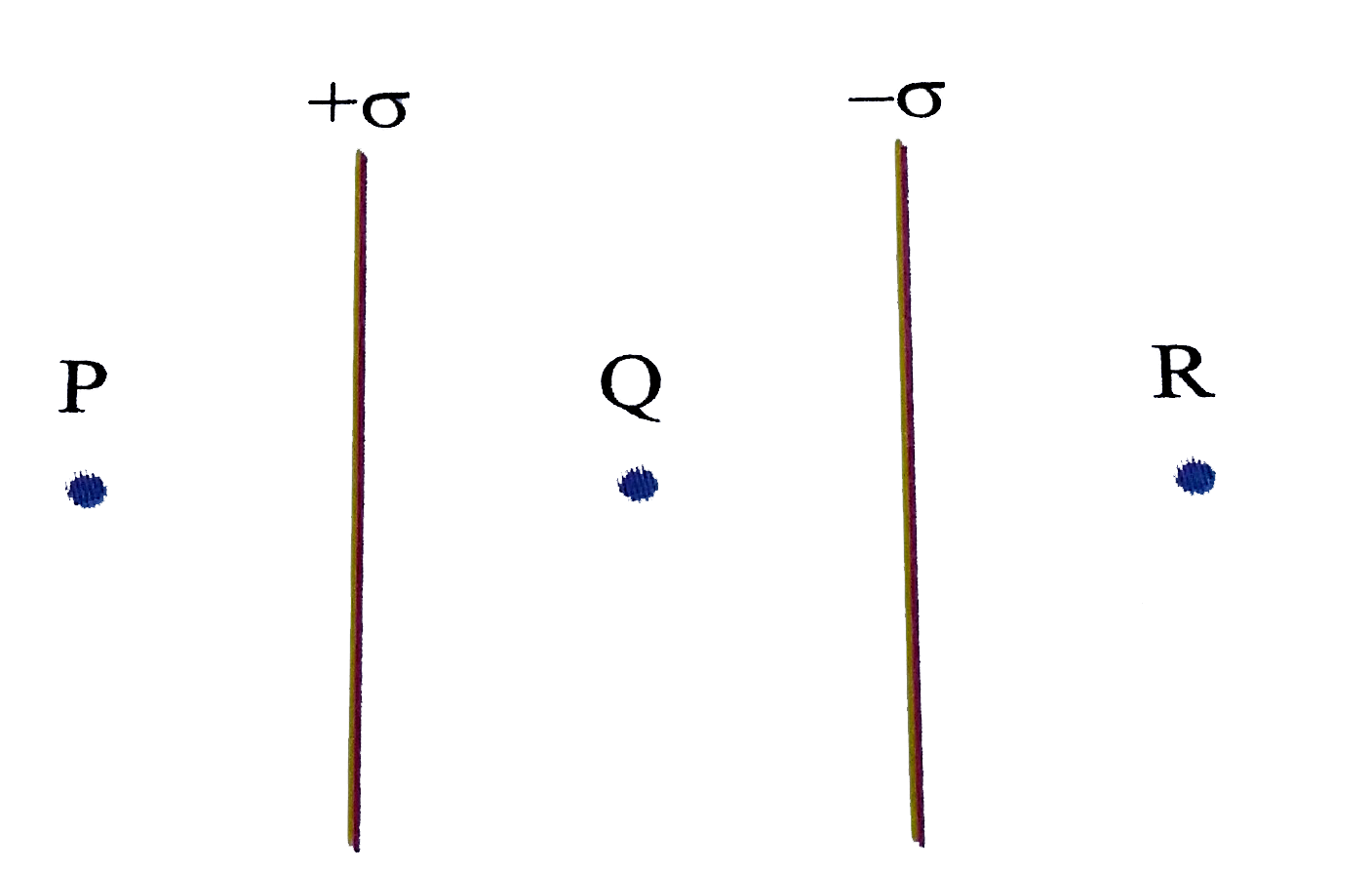A
B
C
D
Text Solution
Verified by Experts
The correct Answer is:
|
Topper's Solved these Questions
ELECTROSTATICS AND GAUSS LAW
NARAYNA|Exercise Passage I|3 VideosView PlaylistELECTROSTATICS AND GAUSS LAW
NARAYNA|Exercise Passage II|3 VideosView PlaylistELECTROSTATICS AND GAUSS LAW
NARAYNA|Exercise NCERT based Question|14 VideosView PlaylistELECTROSTATIC POTENTIAL AND CAPACITANCE
NARAYNA|Exercise ADDITIONAL PROBLEMS|14 VideosView PlaylistEXPERIMENTAL PHYSICS
NARAYNA|Exercise Comprehension type|6 VideosView Playlist
Similar Questions
Explore conceptually related problems
Knowledge Check
Similar Questions
Explore conceptually related problems
NARAYNA-ELECTROSTATICS AND GAUSS LAW-Level V
- If we use permitivity epsilon, resistance R, gravitational constant G ...
31:52
|
Play - A thin walled spherical conducting shells S of radius R is given charg...
05:16
|
Play - A hollow closed conductor of irregular shape is given some charge . Wh...
02:24
|
Play - three points charges are placed at the cornors of an equilibrium trian...
03:27
|
Play - An electric dipole is placed at the centre of a sphere. Mark the corre...
03:42
|
Play - An electric field converges at the origin whose magnitude is given by ...
03:57
|
Play - A conducting sphere A of radius a ,with charge Q , is placed concentri...
03:43
|
Play - Two thin conducting shells of radii R and 3R are as shown in the fig. ...
05:08
|
Play - X and Y are large, parallel conducting plates close to each other. Eac...
05:43
|
Play - A particle of mass m and charge q is thrown in a region where uniform ...
03:00
|
Play - Two large parallel conducting plates are placed close to each other ,t...
02:15
|
Playing Now - the electric potential in the region of space is given by :V(x)=A+Bx+C...
03:43
|
Play - A dipole is placed in x-y plane parallel to the line y=2x there exist ...
05:09
|
Play - A 10 C charge is given to a conducting spherical shell, and a-3 C poin...
02:31
|
Play - For Gauss 'law mark out the corrrect statement(s)
03:37
|
Play - Two infinite parallel,non- conducting sheets carry equal positive char...
07:06
|
Play - Consider two large ,identical paralllel conducting plates having surfa...
04:15
|
Play - A particle having charge 's' starts from rest in a region where the el...
03:24
|
Play - Two charge Q(1) and Q(2) are placed at the points A and B having separ...
03:54
|
Play - In a parallel capacitor the potential difference between the plates is...
05:30
|
Play
